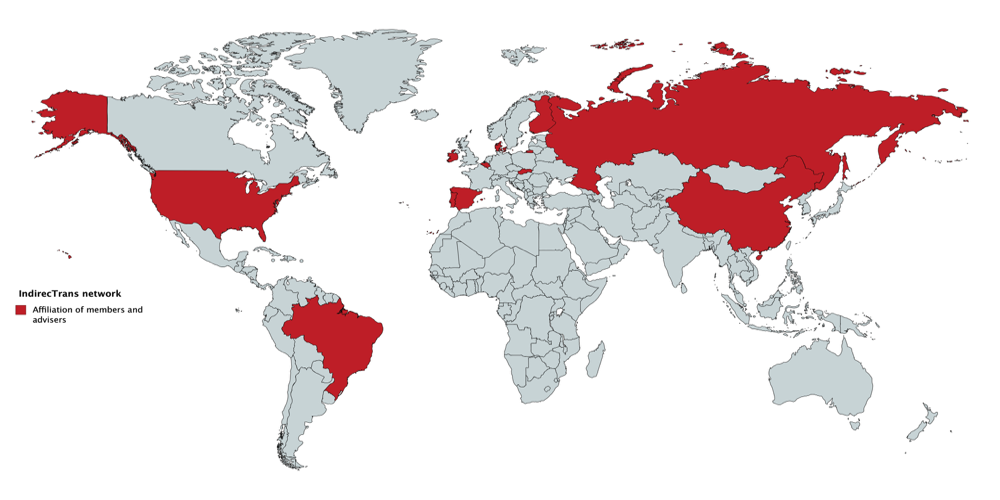
IndirecTrans
Dedicated to bringing together research on indirect translation

Background information
Born in Argentina to Danish parents, translation and transcultural communication have been central to Cay Dollerup. He left the country of his birth before he entered school and has therefore been educated in Denmark. In high-school he specialised in modern languages and at university he graduated in Spanish and English (spending terms in Spain and Ireland). He has researched extensively in international translation activities (subtitling, interpreting, and translation), coordinated Danish and EU-projects with e. g. Slovenia, Poland, Russia, Uzbekistan, and China, and served as the chair of the Danish university researchers’ association. He has guest-lectured at many universities. Currently he is researching Shakespeare’s knowledge of Denmark as evinced in Hamlet.
Research interests
intercultural communication in a broad sense
Main ultimate source language (USL) and ultimate target language (UTL) in indirect translation research
Danish, German, and English (USL and UTL)
Selected publications focusing on indirect translation
Dollerup, Cay. 1999. Tales and Translation: The Grimm Tales from Pan-Germanic Narratives to Shared International Fairytales. Amsterdam: John Benjamins. (especially pages 71-146 and 253-325)
Dollerup, Cay & Silvana Orel-Kos. 2001. Co-prints and Translation. Perspectives: Studies in Translatology 9: 87-105. (especially pages 96-105)
Dollerup, Cay. 2007. Basics of Translation Studies. Shanghai: Foreign Language Education Press. (especially pages 85-87)
Dollerup, Cay. 1996. English in the European Union. In: Hartmann, Reinhart (ed). English Language in Europe, 24-36. Europa 2 no. 3. Oxford. (especially pages 33-34)
Dollerup, Cay. 2001. Complexities of EU Language Work. Perspectives in Translatology 9: 271-292. (especially pages 277-285)